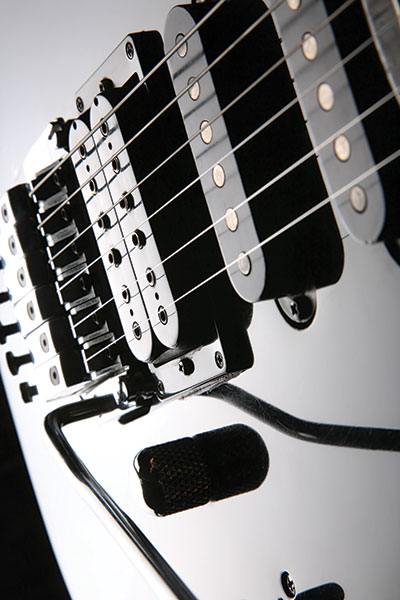
I’ve seen this scenario play out twice: A guy comes into a local music store and heads straight for a particular brand of guitar, plays it for a while, brings it to the front of the store and asks the owner how much it is. The owner looks at the tag and quotes a sale price. The customer then pulls out a printout from an online store and asks, “Can you match this price? Oh…and they also give you a free gig bag and free shipping, and I don’t pay any tax on this.” Deflated, the owner thinks for a while and then begrudgingly gives in. I asked one such owner how much margin he made on the sale, and he flashed back, “Seven points.” I asked, “How can you keep the lights on for that little margin?” knowing that the answer is, you can’t. He responded with the simple truth: “I needed the cash.” One store has since closed; the other has sold.
It has been estimated that the average brick-and-mortar music store needs 26 points of margin to break even. Anything above that is the owner’s take-home pay. In the old days—before the Internet and big-box stores—large, successful music stores were making somewhere around 45 percent to 50 percent gross margin. Today, a big-box store can survive on 22 percent to 24 percent. They do so because they have more turns on inventory and they have scale in negotiating prices for goods and services that the small retailer can only dream of having.
How are independent music stores to survive? They can’t compete on price. My suggestion is to carry the products not carried in the big-box stores and provide the services they won’t. Carry the interesting and unique boutique brands, engage the customer the second he or she walks in the door and don’t


